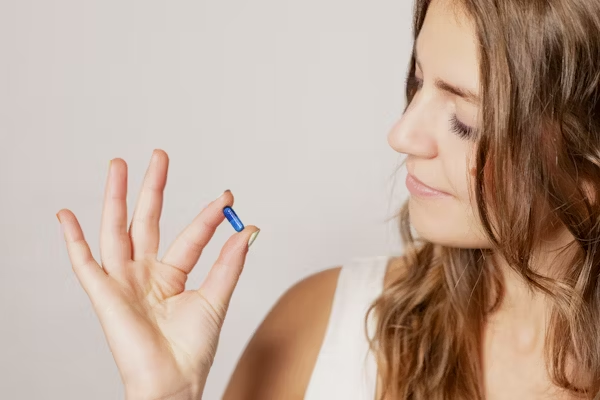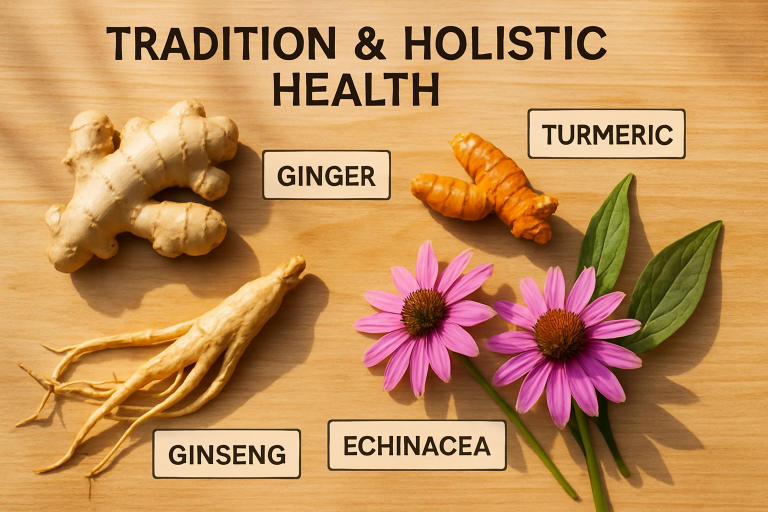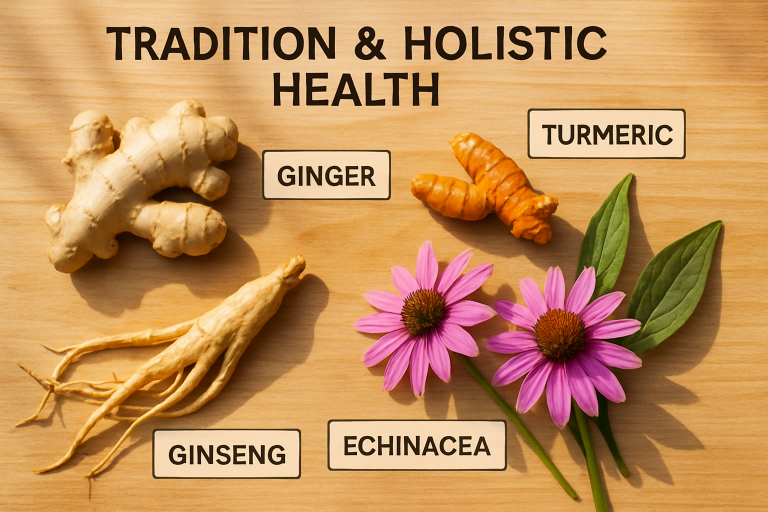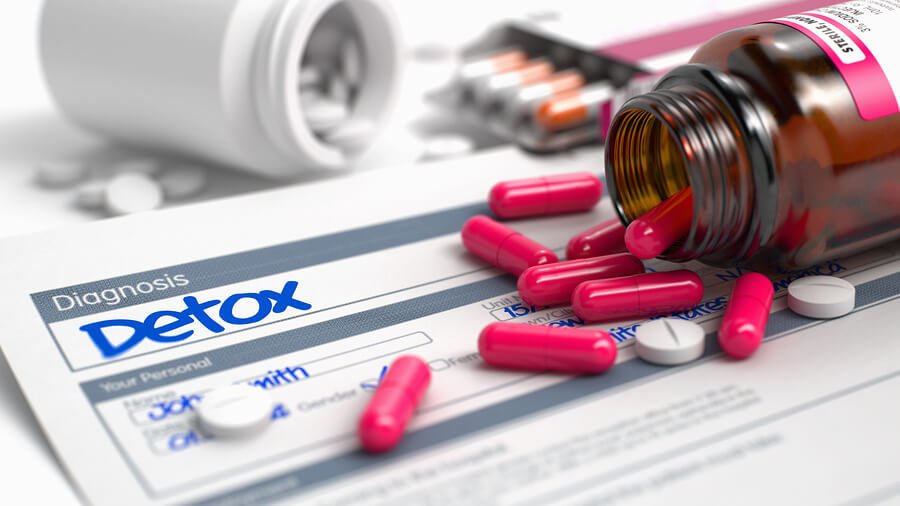Health & Fitness
What Is the Right HGH Dosage for Women? A Complete Breakdown

Many women take HGH therapy as a blessing for their health because of its comprehensive benefits. It is used to treat not only growth hormone deficiency in women, but it also helps improve their overall health and well-being.
For instance, women with HGH can experience a significant boost in their energy levels. It can fight aging and help remove wrinkles and fine lines. Even if you are considering taking HGH therapy, do you know the correct dosage? In this guide, we will explore HGH dosage for women, breaking down everything you need to know. We will share the best practices to ensure you are using HGH safely and effectively. Let’s get started!
Why Should Women Care about HGH?
Before diving into the proper HGH dosage, let’s clarify the basics, like what it is exactly and why many women are considering taking it. HGH (Human Growth Hormone) is a peptide hormone in your body. It is naturally produced by your pituitary gland.
HGH is responsible for your growth, metabolism, and muscle development. It also plays a crucial role in your energy levels, skin, hair, and mood. However, your HGH production decreases as you age. This leads to significant changes in your body. For example, you will experience weight gain, lower energy levels, and wrinkles.
By supplementing HGH therapy, you can boost your body’s natural function and enjoy benefits like:
Before we jump into dosage specifics, let’s quickly revisit what HGH is. Human Growth Hormone is a natural hormone produced by the pituitary gland. It plays a crucial role in growth, metabolism, muscle development, and even maintaining healthy skin. As you age, your HGH production decreases, leading to changes like weight gain, lower energy, and wrinkles.
- Increased energy
- Better muscle tone
- Healthier skin and hair
- Reduced fat
- Improved mood and mental clarity
How Much HGH Should Women Take: The Right Dosage
HGH dosage for women varies based on several factors. Your healthcare physician determines the correct dosage depending on your age, body weight, health conditions, and your goals. That’s why the doctors prescribe personalized doses. These steps help you find the right amount.
Step 1: Understanding the General Dosage Range
You can find HGH therapy in injection forms. The dosage is measured by IU (International Units). The doctors typically prescribe lower doses, ensuring everything is safe and your body adapts to HGH without causing any side effects. If you have just started with HGH therapy, professional healthcare providers like HGH Vallarta recommend beginning with a small dose and gradually increasing it if needed. The beginner dose starts with 1-2 IU per day.
Step 2: Adjust Based on Your Needs
HGH dosage mostly depends on your health condition and your goal. For instance, if you are using HGH therapy for anti-aging benefits or more energy, you should stick to the lower dose that is around 1 IU per day. However, if you are seeking more significant results like drastic fat loss or muscle building, you might need a higher dose, anywhere between 2-4 IU per day.
As your body adjusts to the therapy without showing any side effects, you can increase the doses. However, remember that more isn’t always the best. Often, too much HGH can backfire and cause side effects like joint pain, swelling, and insulin resistance.
Step 3: Divide the Dosage
When is the best time to take HGH? You can take it in the morning or at night. If you want to mimic the natural HGH production cycle, take HGH at night. However, some physicians recommend splitting the dose throughout the day. For instance, if you are prescribed 2 IU per day, you can take 1 IU in the morning and 1 IU at night. This will help you with the steady flow of HGH in your system.
Conclusion
The right HGH dosage for women depends on their unique needs and how their bodies respond to the treatment. We recommend starting with a low dose, like 1-2 IU per day, and adjusting as you need.
Health & Fitness
Discover the Power of Ancient Herbal Healing Today

Ancient herbal healing offers a natural path to wellness by drawing on remedies trusted for centuries. These time-honored practices use plants to restore balance, strengthen immunity, and promote overall health. From easing stress to supporting digestion, herbs provide gentle yet practical solutions. Modern research continues to validate their benefits, making them a valuable complement to contemporary medicine. Embracing these traditions today allows individuals to connect with nature’s wisdom while nurturing holistic well-being.
Ancient Herbal Healing: A Rebirth in Modern Wellness
For thousands of years, cultures across the globe have relied on the healing power of plants. This ancient wisdom—often called herbal healing—embodies a holistic approach, using roots, leaves, barks, and flowers to restore balance and health in the body. Herbal traditions trace their origins to early civilizations, where remedies were passed down through generations, preserving time-honored knowledge of nature’s immense pharmacy.
Today, these age-old remedies are experiencing a renaissance as modern wellness seekers rediscover their benefits. Individuals choose botanicals not only for general well-being but also to complement conventional approaches in specific areas, such as immunity, inflammation, mental health, and even treatments related to skin cancer. As research catches up to tradition, herbal healing emerges as a valuable bridge between ancient wisdom and contemporary health.
The Science Behind Herbal Remedies
While herbal medicine is rooted in centuries of anecdotal tradition, a mounting body of scientific evidence affirms its effectiveness. Medicinal plants contain potent phytochemicals—such as alkaloids, flavonoids, and terpenes—that interact with the body’s natural systems. These compounds support immune regulation, reduce inflammation, aid digestion, and help the body respond to stress. For example, compounds in ginger and turmeric have shown anti-inflammatory effects, while ginseng is linked to improved stamina and cognitive function.
Recent studies—such as those summarized by the National Institutes of Health—continue to identify and validate medicinal properties in plants (Research on medicinal plant properties). As research expands, it strengthens the scientific foundation underlying herbal healing.
Common Herbs and Their Historical Use Cases
Some of the most revered herbs have been trusted for generations, their reputations built on anecdotal stories and modern-day studies. Turmeric, celebrated in South Asian traditions for its anti-inflammatory and antioxidant properties, is now widely used in managing joint discomfort and digestive issues. Ginger, once prized in ancient China for nausea and colds, is embraced globally for its stomach-soothing effects. Echinacea, a staple among Indigenous North American tribes, is valued for immune support. Long at the heart of Traditional Chinese Medicine, Ginseng is treasured for its stamina and adaptogenic qualities.
Historical accounts and clinical studies continue to align, suggesting these herbs may support the body’s resilience and overall vitality.
Ancient Healing Practices Across Cultures
Herbal healing is not exclusive to a single culture—its legacy weaves through history on every continent. Native American healers traditionally crafted teas, poultices, and salves from local plants for wounds, fevers, and respiratory illnesses. In Ayurveda, India’s holistic health system, herbal blends like ashwagandha and triphala aim to harmonize mind and body. Traditional Chinese Medicine (TCM) uses sophisticated herbal formulas to balance the body’s Qi, treating everything from digestive issues to skin imbalances.
These diverse traditions emphasize the interconnectedness of plant medicine, ritual, and lifestyle—a principle that informs modern global approaches to herbal wellness.

Contemporary Applications: Integrating Herbs into Daily Life
Integrating herbs into daily routines can be both simple and transformative. The safest approach is to start with high-quality commercial teas, tinctures, supplements, or topical salves. Herbal teas (like chamomile or peppermint) can soothe digestion or stress, while tinctures are concentrated extracts for targeted support. Salves work directly on the skin, which is ideal for mild irritations or sore muscles. Supplements offer a measured dose for consistent use.
To introduce herbal remedies safely, start with a single herb and consult a healthcare professional, especially if you have existing conditions or take medication.
Safety, Regulation, and Quality Considerations
Herbal products vary widely in quality and potency, making consumer education essential. While herbs are natural, they are not risk-free; interactions with conventional medication or improper dosages can cause adverse effects. In many countries, regulatory oversight of supplements is not as stringent as for pharmaceuticals.
To ensure safety, buy only from reputable brands with strict quality testing. Look for evidence of third-party verification and transparency in sourcing. The National Center for Complementary and Integrative Health offers guidance on choosing quality herbal supplements.
Real-Life Stories: Personal Journeys with Herbal Healing
Many individuals share profound stories of transformation by embracing ancient herbal remedies. A yoga instructor, Anna, describes how ashwagandha tea helped her manage anxiety and sleep better during stressful life changes. A cancer survivor, Mark credits a blend of turmeric and ginger for easing chemotherapy-related inflammation and supporting his recovery process. These anecdotal accounts, compiled in health publications like Healthline, inspire others to explore nature-based solutions.
While everyone’s experience is unique, recurring themes include improved energy, stress resilience, and enhanced well-being.
Next Steps: Embracing Herbal Wisdom Responsibly
Education and mindfulness are key for newcomers eager to explore herbal healing. Start by researching herbs that align with your health goals and reading up on modern and historical sources. Consult healthcare professionals, especially if you’re managing a chronic illness or taking prescription drugs.
Questions to consider before starting a regimen include: What do I hope to achieve? How do I ensure the herb is high quality? Are there any interactions with my medications? Proceeding thoughtfully empowers you to enjoy the benefits of plant medicine safely and effectively.
Health & Fitness
Balancing Career, Family, and Recovery as a Woman

For many women, the decision to enter recovery comes with unique challenges. Balancing the demands of a career, family responsibilities, and personal healing can feel overwhelming. Yet, recovery is not only possible — it can also become the foundation for a healthier and more fulfilling life. With the right support systems in place, women can thrive in both their personal and professional roles while maintaining long-term sobriety.
The Pressures Women Face in Recovery
Women often carry multiple responsibilities, from caregiving and parenting to managing careers and household obligations. These pressures can make it difficult to prioritize recovery, especially when feelings of guilt or fear of letting others down are involved. Acknowledging these challenges is the first step toward building a realistic plan for balance.
Creating a Strong Support Network
Recovery does not happen in isolation. Having a strong support network — whether through family, friends, or peer groups — helps women manage daily responsibilities while focusing on healing. Many programs also encourage family therapy, which can improve communication, rebuild trust, and create a healthier home environment.
Workplace Considerations in Recovery
Balancing recovery with career goals can be daunting, but many employers now recognize the importance of supporting employees’ mental health and well-being. Open communication with HR or trusted supervisors can make it easier to take time off for treatment, adjust schedules, or transition back into work after rehab. Resources from the American Psychiatric Association emphasize the importance of reducing stigma in workplace settings, helping women feel supported rather than judged.
Prioritizing Self-Care
One of the biggest lessons in recovery is the importance of self-care. Women who dedicate time to their own well-being are better able to show up for their families and careers. This might include therapy, exercise, mindfulness practices, or simply setting boundaries to avoid burnout.
Choosing the Right Program
For women balancing multiple responsibilities, a treatment program that understands their unique needs is essential. Gender-specific rehab centers provide safe, supportive environments where women can focus on healing without judgment. For those seeking drug rehab in South Carolina, specialized programs are available that prioritize women’s mental health, family roles, and career goals throughout recovery.
Building a Sustainable Future
Recovery is not about sacrificing one area of life to succeed in another — it’s about finding harmony. By leaning on professional treatment, supportive relationships, and healthy routines, women can create a sustainable balance that nurtures both their sobriety and their responsibilities.
Moving Forward With Confidence
Balancing career, family, and recovery may feel challenging, but it is absolutely possible. With the right tools, support, and mindset, women can build lives that reflect both strength and resilience. Recovery is not just about staying sober; it’s about thriving in every aspect of life.
Health & Fitness
How Much Is Drug Detox?

One of the first questions many people ask when considering treatment is: How much does drug detox cost? The answer isn’t always simple. The cost of detox can vary widely depending on factors such as the type of facility, the level of medical supervision, and the length of stay. Understanding these variables can help individuals and families plan for treatment and take the first step toward recovery with confidence.
Factors That Affect the Cost of Detox
Type of Facility
- Inpatient facilities typically cost more because they provide 24/7 medical supervision, meals, and accommodations.
- Outpatient detox programs are usually more affordable since clients return home after each session.
Length of Stay
The average detox lasts 3–7 days, but costs rise for individuals who require extended care due to the type of substance used or co-occurring medical conditions.
Level of Medical Support
Medically supervised detox, where doctors and nurses manage withdrawal symptoms and monitor safety, is more expensive than social or non-medical detox. However, it is often the safest option, especially for substances like alcohol, opioids, or benzodiazepines.
Insurance Coverage
Many insurance plans cover part or all of detox services, especially since substance use disorders are recognized as medical conditions. According to the Substance Abuse and Mental Health Services Administration (SAMHSA), insurance parity laws require most providers to cover addiction treatment at levels comparable to other medical services.
Average Costs to Expect
- Outpatient detox: $1,000–$1,500 total, depending on the program length.
- Inpatient detox: $3,000–$7,000 for a standard 7-day stay, with higher costs at private or luxury facilities.
- Hospital-based detox: Costs may exceed $10,000, particularly if intensive medical care is required.
These numbers are general estimates — actual costs depend on location, services offered, and insurance coverage.
Why Cost Shouldn’t Be a Barrier
While the price of detox can feel daunting, many centers work with families to find solutions. Options may include insurance, sliding-scale fees, financing, or state-funded programs. What’s most important is that detox provides a safe and supportive environment for beginning recovery, reducing the risks of unmanaged withdrawal.
Taking the Next Step
If you’re considering Tacoma detox, it’s best to reach out directly to a treatment center to discuss costs, insurance options, and what level of care is right for you. Many facilities can verify benefits quickly and provide clarity on out-of-pocket expenses.
Investing in Recovery
Detox is the gateway to lasting sobriety. While the financial investment may seem significant, the cost of untreated addiction — including health risks, strained relationships, and lost opportunities — is far greater. By taking the first step into detox, individuals are making a life-changing investment in their future.

 Blog9 months ago
Blog9 months agoHow to Deal with Scabies While Traveling

 Travel9 months ago
Travel9 months agoRichmond, Virginia Street Art Guide

 Travel9 months ago
Travel9 months agoPerhentian Islands: How to Get There, What to Expect, & More

 Travel9 months ago
Travel9 months agoHow to Live in Your Car in New Zealand

 Travel9 months ago
Travel9 months agoVegan Guide to Dining Out in Richmond, Virginia

 Travel8 months ago
Travel8 months agoSouvenir in Nepal: A Guide to Unique Handicrafts and Cultural Treasures

 Food8 months ago
Food8 months agoVegetarian Food Nepal: A Journey into Flavorful Plant-Based Cuisine

 Travel6 months ago
Travel6 months agoA Local’s Guide to Sanibel Island, Florida














